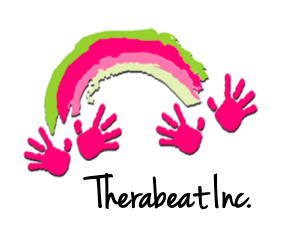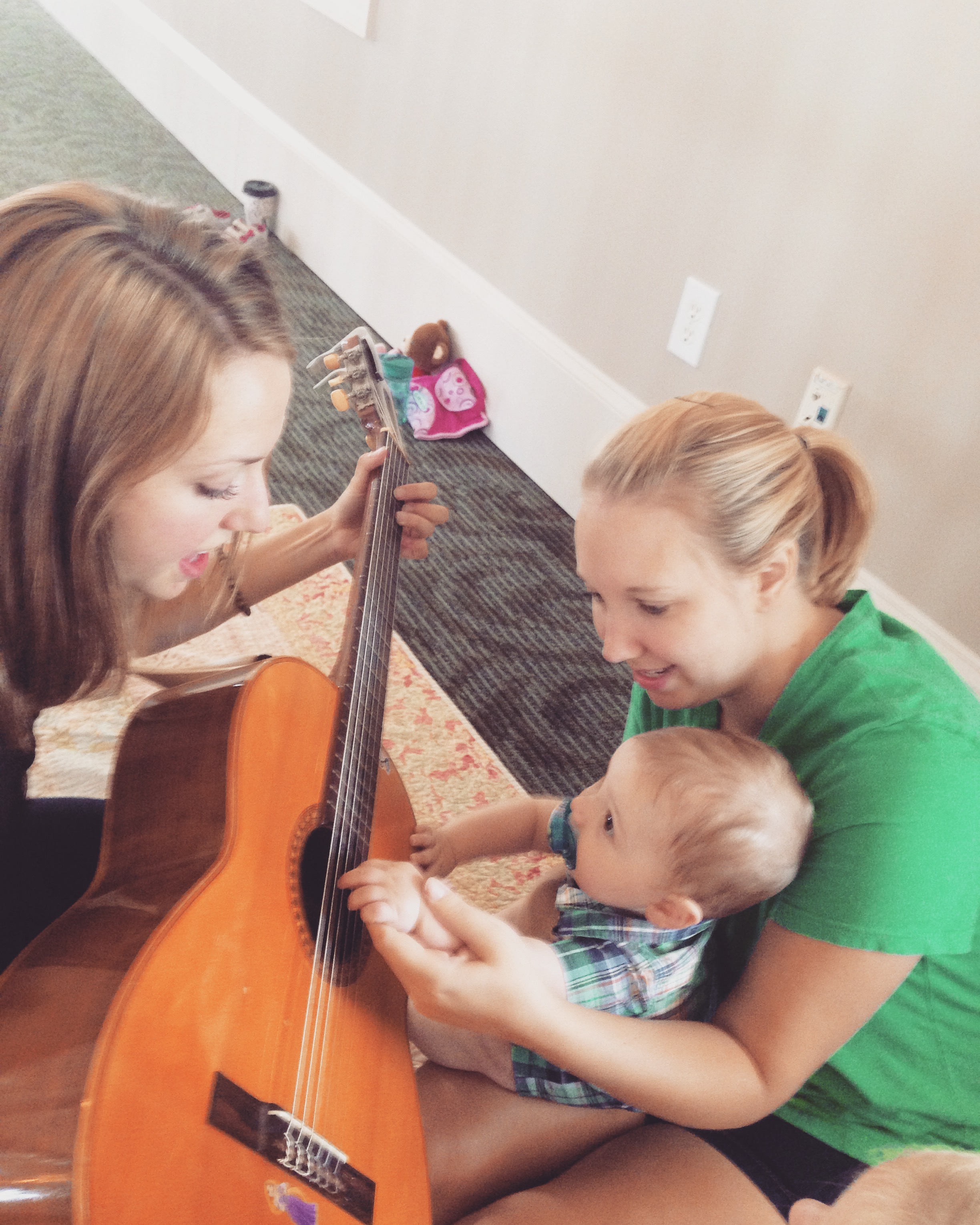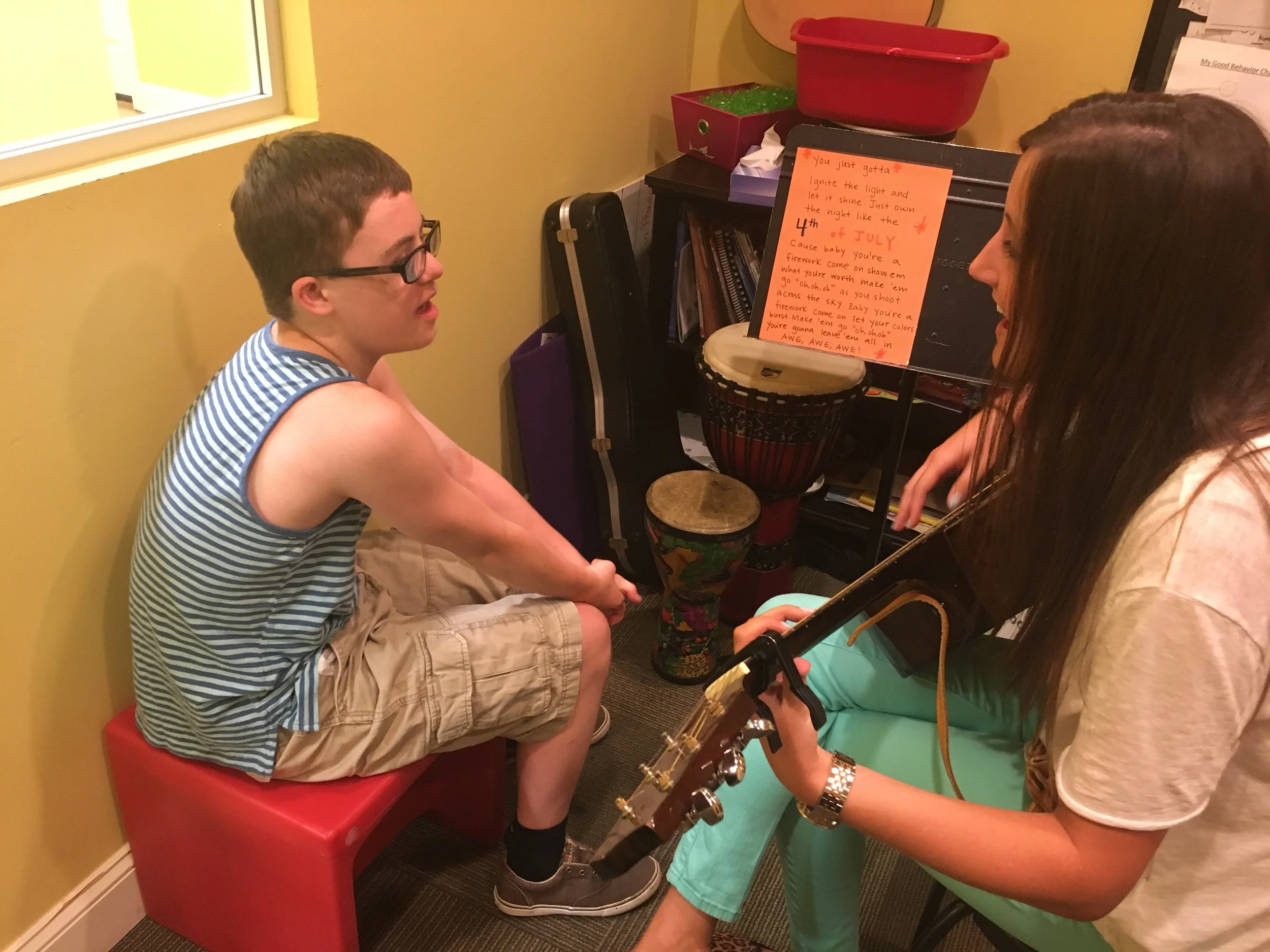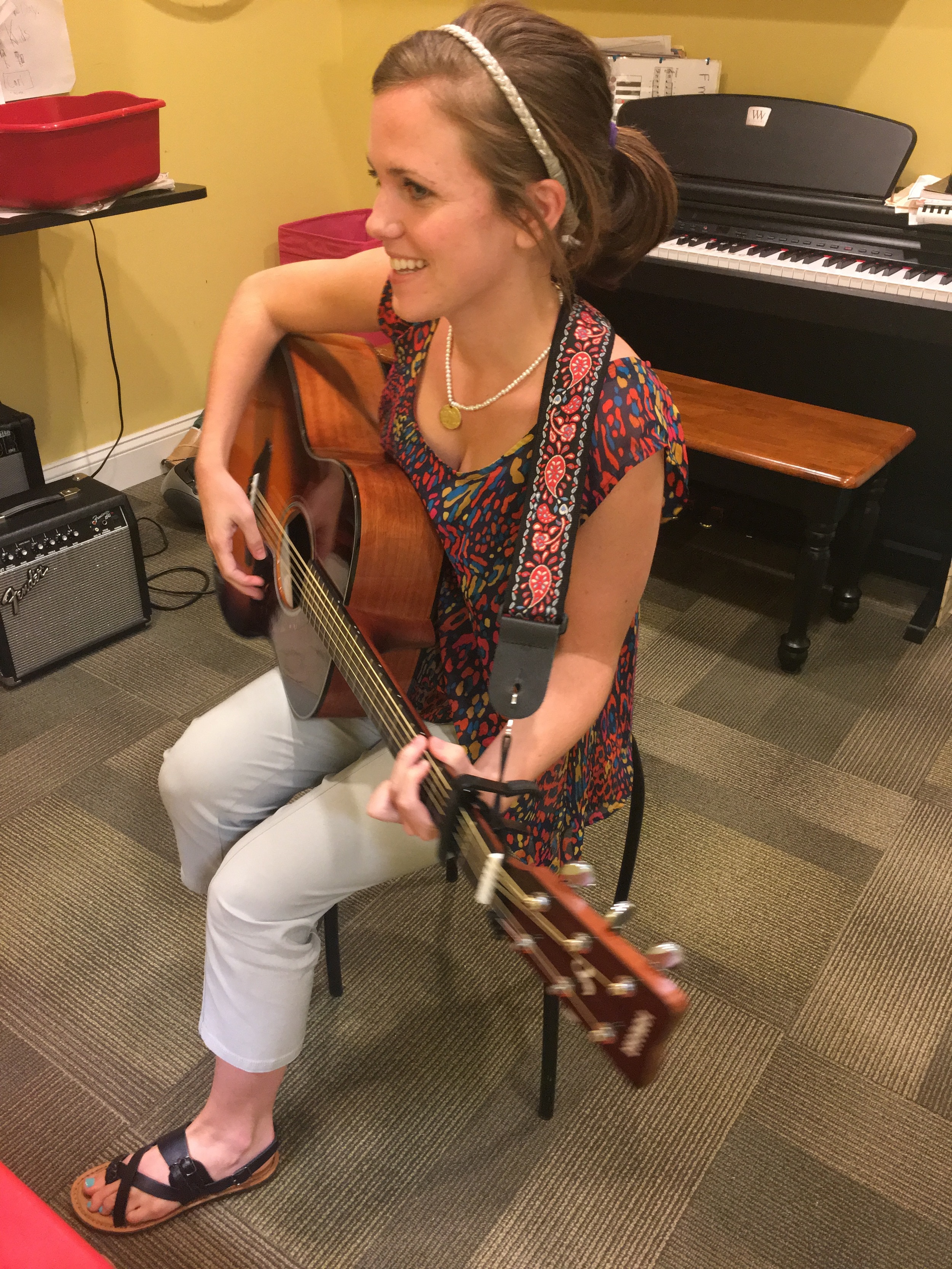Recent music neuroscience research indicates that steady beat affects attention behaviors in young children. From the earliest developmental stage, music and math are related in the brain. According to Dr. Kamille Geist, musical elements such as steady beat, rhythm, melody, and tempo possess fundamental mathematical principles such as spatial reasoning, sequencing, counting, pattern identification, and one-to-one correspondence. Children are able to distinguish patterns in musical interventions, and are able to transfer that knowledge academically. In this particular study, it is shown that beat is processed in the premotor cortex of the brain, which is also used to help focus one’s attention. The results of this study indicate that children have the potential to be more engaged when listening to steady beats than when listening to verbal instructions only. Therefore, it is conceivable that listening to a steady beat pattern during mathematics teaching interventions in the early childhood classroom could promote better attention and increased engagement in young children.
In using this knowledge, I decided to develop an intervention to help the children that I see be more confident in their math skills, but have fun doing so. In this intervention, shapes are represented as movements known as body percussion. Body percussion is keeping a beat with our bodies while stomping, clapping, patting, or snapping. First, clients are able to distinguish between the different shapes then we pair a movement with each shape. They then create their own song using the different shapes and forming patterns, cognitively connecting the shape with the movement. Lastly, their original song is set to a pop song, which provides us with a steady beat. All the while, they are learning mathematical concepts in a fun and musical way.
Music as an effective tool for improving speech in children with ASD
One of the things that I have really enjoyed about my internship thus far, is having the opportunity to observe other therapies as well. I love that clients and families can come into one building for a convenient one-stop shop and receive occupational, physical, speech and music therapy. It has been really special to witness co-treatments where there are multiple therapists with varying skills working together to help each client make improvements. It also makes me excited for my friends who are also pursuing careers in related therapies and the possibility of us being able to learn from each other in the future.
During my internship, I have noticed that a lot of our clients have difficulties with speech. Speech problems are common in many of our clients’ diagnoses, but are regarded as one of the most significant deficits in autism spectrum disorder. Atypical speech features that are prevalent in children with autism are unusual word choice, pronoun reversal, echolalia, incoherent discourse, unresponsiveness to questions, aberrant prosody and lack of drive to communicate. Not only is this frustrating to family members and friends, but it can be particularly irritating for the client, especially when they want something but cannot express exactly what it is that they want verbally.
This particular research study examined the use of DLSM (Developmental Speech and Language Training Through Music) to address the acquisition of target words in 50 children (ages 3-5) with ASD. There were 3 groups involved: speech training group, music training group and a no training group. For the speech training group, a female student was videotaped reading a story that included the 36 target words and pictures for each word. For the music training group, the same female student was videotaped singing 6 songs that included the same 36 target words and pictures for each word. The same posttest was administered individually to participants in all conditions and all of the posttests were videotaped.
In the results of this study, low functioning participants showed a greater improvement after the music training than the speech training and high functioning participants produced positive changes in verbal production in response to both music and speech training conditions equally. These findings suggest that music provides more predictable temporal patterns than speech does, making it easier to perceive by low-functioning children with ASD. This result indicates that children with ASD are able to transform the information perceived within musical patterns into speech patterns. This suggests that children with ASD have a certain degree of intact perceptual association between music and speech and supports that there is a close integrating relationship between music and language in early childhood development.
“Children with ASD perceive important linguistic information embedded in music stimuli organized by principles of pattern perception and produce the functional speech.”








